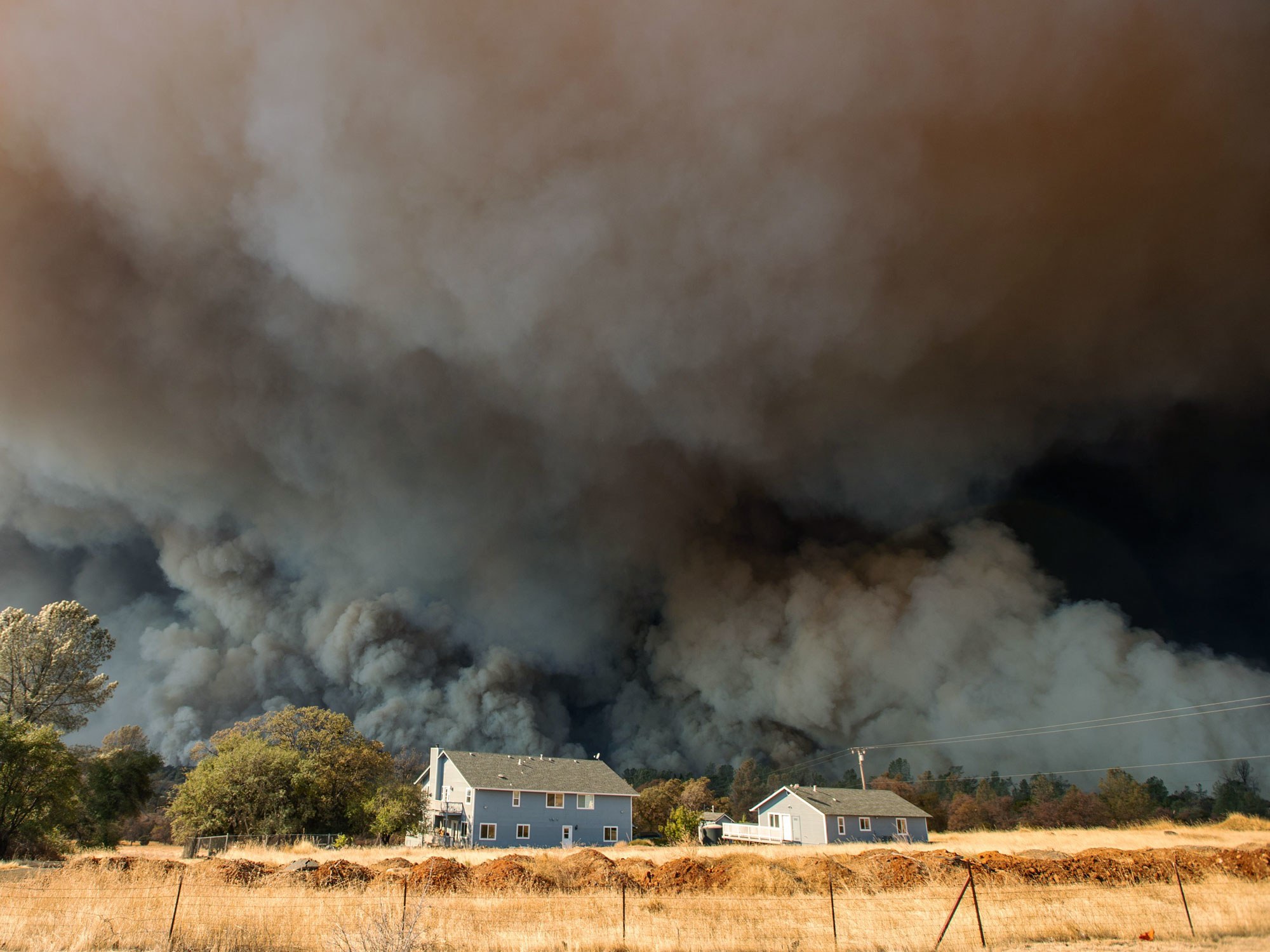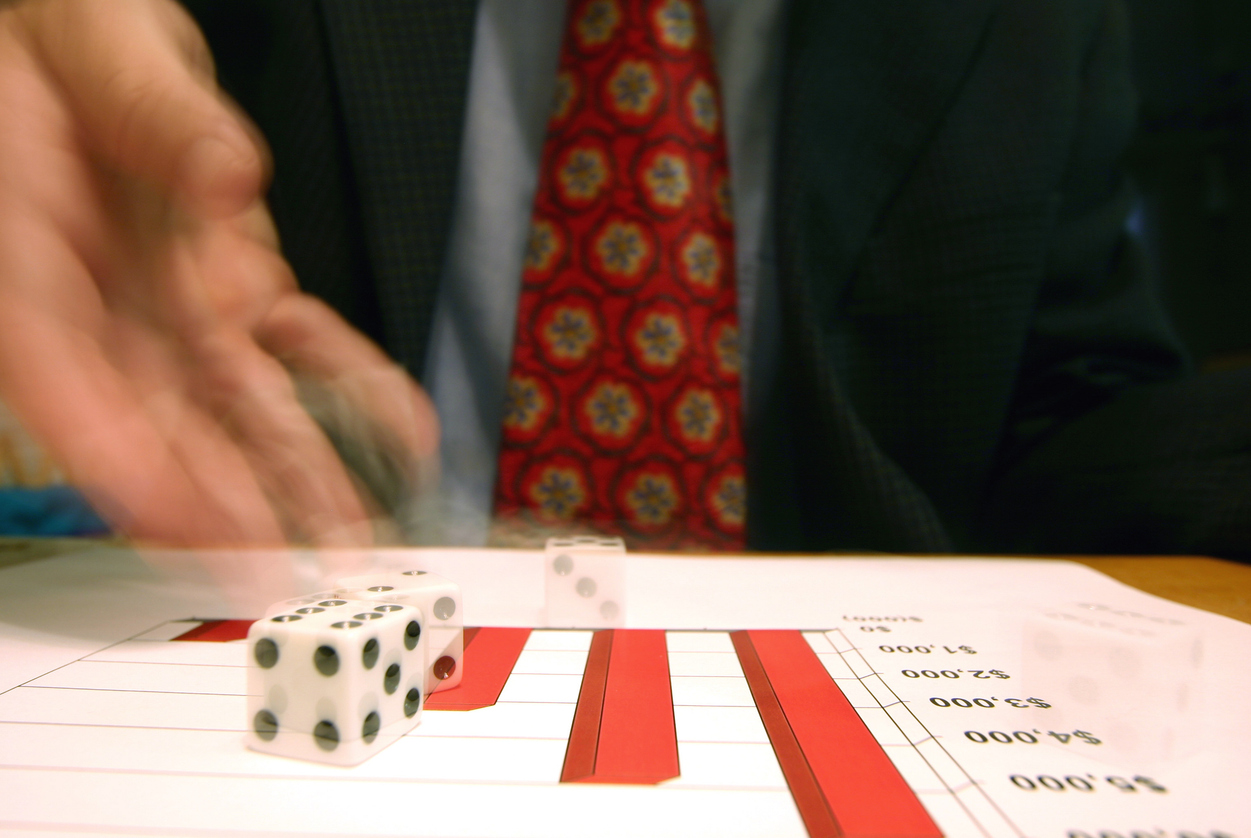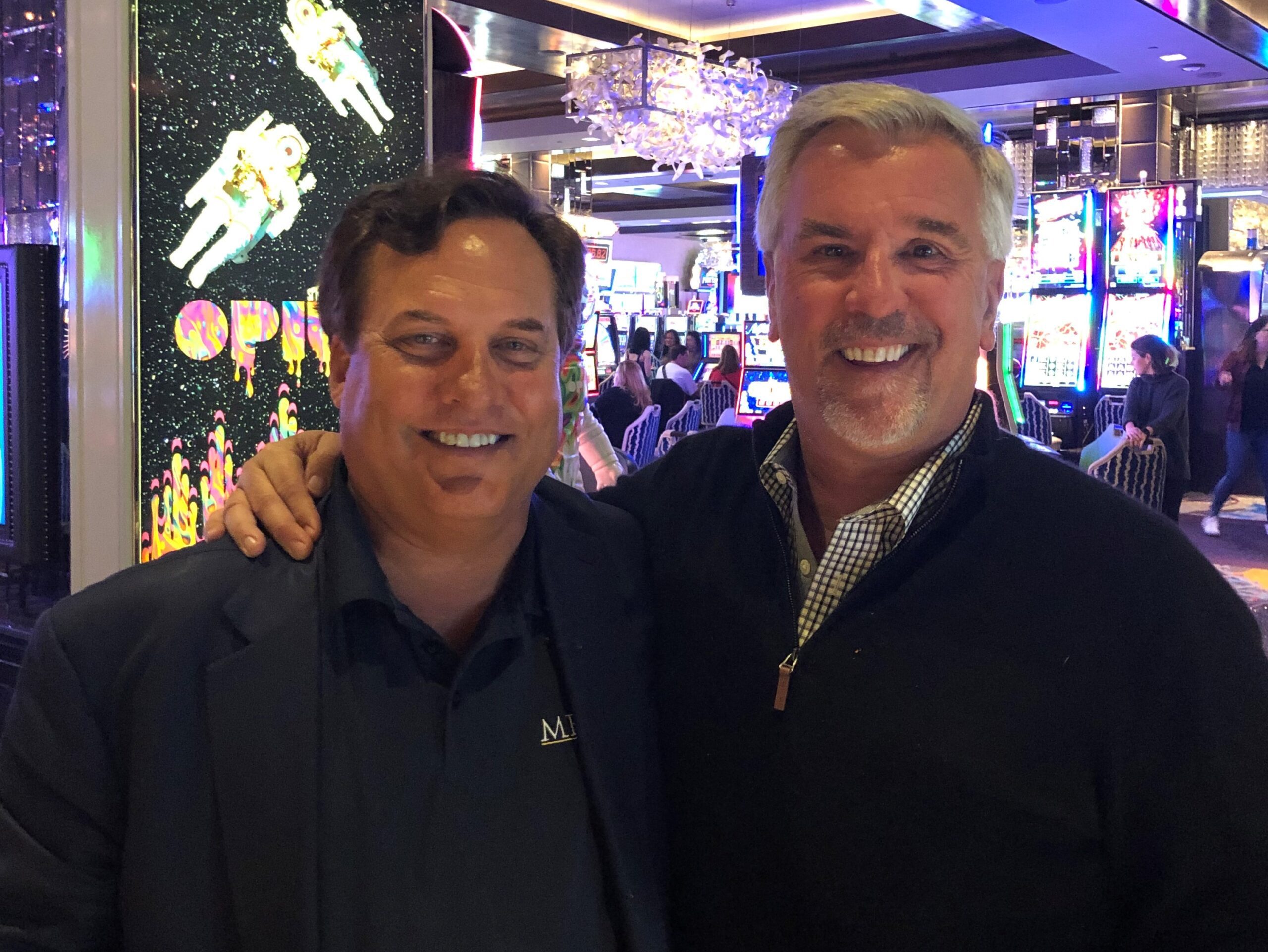Direct fire and heat damage has been easy to spot from the Marshall fires. There are many more smoke damaged structures that insurance companies know are damaged and dangerous to occupants. Some owners return to work and live in those structures, and many are questioning if it is safe to do so. A recent story, No return: The Unseen Toll of the Marshall Fire’s ‘Standing Home’ Survivors, sets the stage and explains part of the current situation:
Boulder County’s official tally of the fire’s residential destruction is 1,084 homes destroyed and another 149 damaged. But that doesn’t include smoke-damaged homes that look fine on the outside, but may be too contaminated to safely live in. ‘We don’t have an accurate count of the number of homes that suffered smoke damage,’ said Bill Hayes, the county’s air quality coordinator, ‘but there are between 13,000 and 14,000 homes in the burn area that were not destroyed.’ The burn area spans about 10 square miles. The smoke-damaged area is closer to 15 square miles. ‘I think it’s safe to say that a large majority of those [homes] suffered a degree of smoke damage ranging from mild to severe.’
…
But the Marshall Fire has also taken a less visible, though also painful, toll on a different group of residents.
Across the burn area, toxins from incinerated homes, cars and vegetation settled inside still-standing homes, including the Schraders’ and others. These survivors with homes that still stand broaden our understanding of the Marshall Fire’s scope of loss and displacement. Their stories illuminate gaps in insurance coverage and local recovery and rebuilding processes. And they offer lessons for other communities as climate change increases the frequency of urban wildland fires.
Amy Bach and the staff of United Policyholders have been very active in providing information for policyholder victims of the Marshall fire. The article noted:
Amy Bach, executive director of United Policyholders, a non-profit information resource for insurance customers, agreed: ‘There isn’t a complete, verified number of standing homes impacted,’ she said, but she believes it’s significant. She estimates that more than 600 standing home survivors have banded together in informal groups to share information.
One family insured by State Farm had their plight noted:
They’re now in limbo with their insurer State Farm. Giant trash bags and boxes of clothes, toys and family photos sit in corners of the house collecting dust. So does the nontoxic furniture they bought before the fire, now contaminated from smoke and particulates. They wanted State Farm to replace it all but the company refused. Justin and Jasmine said the company State Farm hired to assess the interior of their home, Ninyo and Moore Engineering, determined all their possessions could be cleaned. The Schraders are still hoping to negotiate.
State Farm sent them a letter explaining that its policy did not cover for inspections to determine if the smoke damage made the property unsafe. I do not agree with that, but the story has the actual letter from a State Farm adjuster. While State Farm may not have to pay for safety inspections for a home that has not suffered any damage, if the structure has damage and one needs to inspect for dangerous smoke residues to determine how to clean and whether the cleaning was successful, that inspection is part of the cost of the smoke damage and its remediation.
Insurance companies and property adjusters are well aware that smoke damaged homes can be unsafe for their customers. The Marshal Fire has thousands of these structures:
The Marshall Fire was not just a wildfire. It’s been classified as a wildland-urban interface (WUI) fire, meaning it burned not just the brush, grass and trees of an outdoor fire, but also houses, cars and everyday material things of human life.
…
For Marshall Fire survivors, the WUI fire classification is important for understanding which toxins they may have been exposed to. When houses and other structures burned in the fire, so did everything inside them: insulation, paint, sealants, electronics, kitchen appliances, batteries, fiberglass, nylon carpeting, flame retardant coating and more. All of that turned to ash, soot, char and volatile organic compounds (VOCs), which include toxic chemicals like benzene and formaldehyde. Those particulates and gases then traveled downwind with wind gusts up to 115 miles per hour that spread the fire that day. Homes fortunate enough to be untouched by the flames still had smoke and particulates seeping into their vents and chimneys and into the cracks and pores of building materials.
One of the major problems is that smoke remediation standards vary, and the quality of remediation does as well:
Hayes, the county’s quality coordinator, said he reviewed air quality data collected by the National Oceanic and Atmospheric Administration (NOAA) inside standing homes in the months following the Marshall Fire and saw a wide range of results after the cleaners came through. In some cases, he said, cleaning led to the detection of higher concentrations of VOCs.
‘We had a number of remediation firms coming in and doing different cleaning techniques in the homes, and what we were able to see was that some of those made conditions actually worse,’ he said. ‘Some remediation techniques weren’t effective at all.’
Remediation companies generally follow protocol established by the Institute of Inspection Cleaning and Restoration Certification (IICRC), a nonprofit industry body for remediators. But the IICRC does not have published standards for wildfire smoke remediation. Those standards are in development. In the absence of a national guideline, the standard should be no presence of char or wildfire particulates, Weecycle said.
This lack of standards has exacerbated disputes and delays faced by many homeowners when filing insurance claims, according to Bach of United Policyholders.
‘There isn’t enough consensus among industrial hygienists, restoration professionals and property owners over cleaning methods, testing and air quality standards,’ Bach said. Homeowners are left feeling like the process is arbitrary and up to individual adjusters.
It does not take a genius to figure out that some insurers want to remediate less and pay less, while the policyholder customers want assurance that their homes are safe to return, which will cost more. I noted this in Marshall Wildfire Policyholders Continue to Experience Difficulty with Insurance Companies to Evaluate Full Extent of Damage from Smoke, Ash, and Soot. Scientists are studying the effects of smoke from the Marshall Fire:
De Gouw, the CU Boulder chemist, is leading a research project focused on the Marshall Fire’s smoke impacts. His team of scientists deployed mass spectrometers (instruments that measure molecules in the air) inside standing homes within two to three weeks after the fire. De Gouw’s early samples indicated that smoke-filled homes contained harmful VOCs like benzene, a known carcinogen, at double the usual level inside a home.
‘Right after the fire these compounds were enhanced inside homes more than you would usually see,’ he said. ‘But three, four weeks later, it had come down to more normal levels.’
The fact that these compounds lingered indoors weeks after the fire surprised de Gouw. ‘I would have guessed that a lot of the components would have been gone in a day or so,’ he said. ‘We saw them stick around for a month and so that really changes our understanding of how pollutants interact with our homes.’
The bottom line is that Marshall Fire has many more damaged homes because the smoke and fire residue is toxic. The insurance industry knows this from prior experience. Many insurers seem to be a lot more concerned about their financial bottom line, and many policyholders question the sincerity of the empathy found in denial letters because, at the moment of truth, some insurers pay lip service to the concerns of their customers rather than soften the blow to pay for homes certainly safe to live in.
Thought For The Day
Three things cannot be long hidden: the sun, the moon, and the truth.
—Buddha




